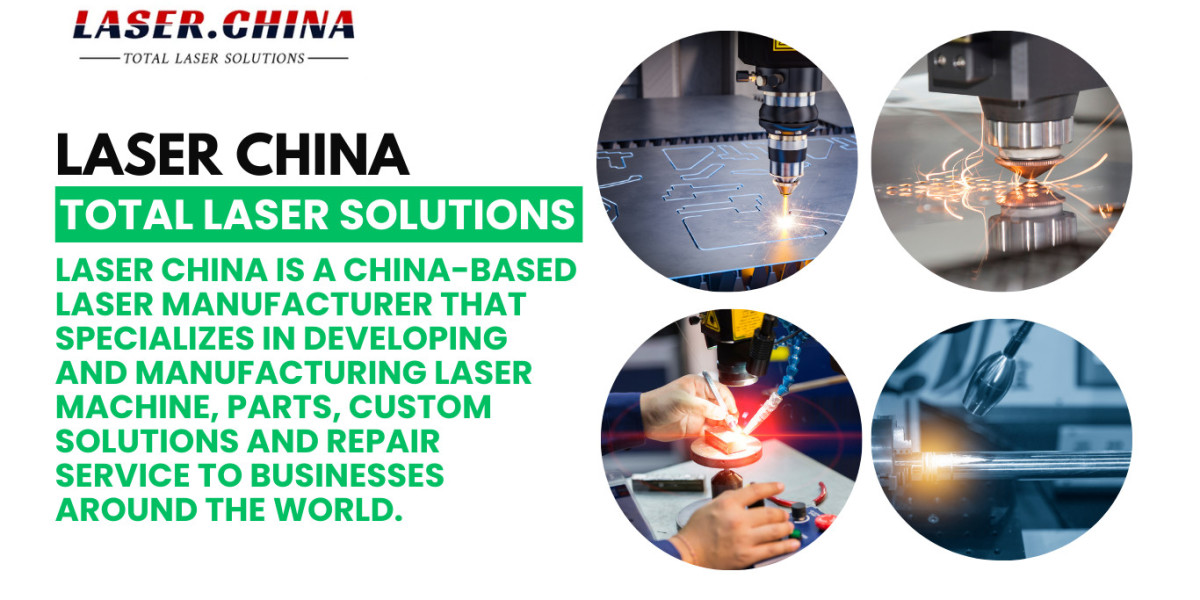Laser cleaning for metal is one of the most advanced and effective surface preparation techniques available today. It uses high-energy laser beams to remove rust, oxides, paint, grease, or other contaminants from metal surfaces without damaging the underlying material. This method is quickly becoming the preferred choice in industries such as automotive, aerospace, construction, shipbuilding, and manufacturing, because it is faster, safer, and more environmentally friendly than traditional cleaning methods.
The process works through laser ablation. When a laser beam is directed onto a metal surface, the contaminants on the surface—such as rust, paint, or oil—absorb the laser’s energy much more efficiently than the clean metal beneath. This rapid heating causes the unwanted layer to evaporate or break apart into fine dust, which can then be removed with a ventilation or extraction system. The clean metal surface remains intact, as the laser’s intensity can be adjusted to avoid harming the substrate.
One of the main uses of laser cleaning for metals is rust and corrosion removal. Rust weakens metal and affects both appearance and performance. Traditional methods such as sandblasting or chemical cleaning are often messy, time-consuming, and may damage the surface. Laser cleaning, on the other hand, precisely removes the rust layer without abrasion, leaving the underlying metal strong and ready for further processing like welding or coating.
Another important application is paint and coating removal. Before repainting or welding, metal parts need to be free of old paint, oxides, or coatings. A laser cleaning system can strip these layers efficiently without using toxic chemicals or generating excessive dust. This makes it a cleaner, safer, and more cost-effective solution for industries working on machinery, pipelines, or vehicles.
Laser cleaning is also widely used for welding preparation and post-weld cleaning. Before welding, metals must be cleaned to ensure strong bonds and defect-free joints. After welding, the heat often leaves behind oxides and residues, which need to be removed for durability and appearance. Laser cleaning achieves both tasks with precision, ensuring high-quality welds and reducing the need for manual grinding or brushing.
The benefits of laser cleaning metal are numerous. First, it is a non-contact and non-abrasive method, meaning there is no physical wear or scratching on the surface. Second, it is eco-friendly, as it requires no chemicals, water, or abrasive media, reducing hazardous waste and environmental impact. Third, it is highly cost-effective in the long term because it eliminates the need for consumables, reduces labor time, and minimizes equipment maintenance. Additionally, it is safe and precise, allowing operators to clean only the targeted area without affecting surrounding regions.
Industries that adopt laser cleaning for metal often report improved productivity, higher-quality results, and compliance with environmental standards. Whether it’s preparing metal surfaces for manufacturing, maintaining machinery, or restoring old structures, laser cleaning offers a modern solution that outperforms traditional methods.
In conclusion, laser cleaning for metal is a game-changing technology that delivers clean, strong, and well-prepared surfaces quickly and efficiently. With its precision, eco-friendliness, and long-term cost savings, it is set to replace outdated techniques and become the standard in industrial metal cleaning worldwide.












